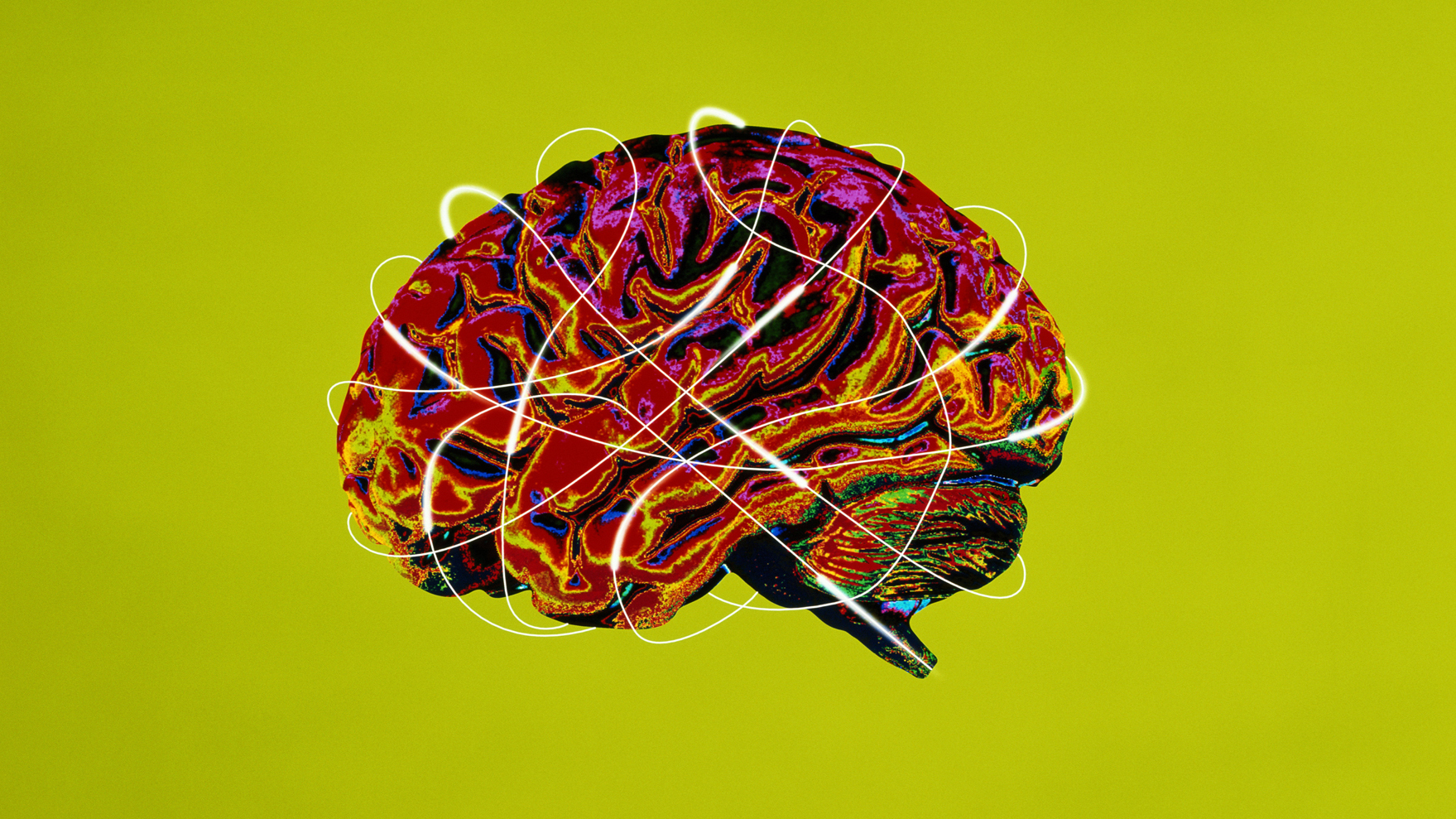The National Science Foundation will fund a project to expand the field of neuroscience throughout the Mountain State.
Neuroscience is the study of the nervous system, its functions and disorders. By studying these developments, researchers hope to learn how to identify changes in the brain and their causes leading to diseases like dementia and Parkinson’s disease.
West Virginia University (WVU) will receive $9.3 million as part of the project which includes Marshall University, West Virginia State University and Shepherd University, with the West Virginia Higher Education Policy Commission (HEPC) heading up the initiative.
By increasing academic scientific research, making strategic faculty and staff hires, and adding state-of-the-art infrastructure to address the field’s most perplexing challenges, Randy Nelson, professor and chair of Neuroscience at West Virginia University, hopes to expand the region’s understanding of his field of study.
“I think the study of neuroscience is fundamentally important,” Nelson said. “The next frontier is understanding how the brain is wired, and how those connections develop, or maintain, is critical to understand how our brain works, how we perceive things, how we learn and memorize material out in the world.”
Nelson said he plans to study synaptic and circuit plasticity, which involve changes in neurons and the connections between them as the result of developmental or environmental changes.
“Understanding the mechanisms underlying how neural circuits are modeled, is important for typical brain development and maintenance,” Nelson said. “And then, once we understand how things work typically, then when things go south, we’re able to intervene.”
The team aims to understand how certain mental stressors change the development of the brain and how it is wired.
“Understanding how that might happen may help us understand how to prevent that from happening in a malnourish situation,” Nelson said. “These neural circuits develop and what might happen if they don’t develop correctly. So I think that the focus of this grant project is looking at typical function and development.”
The project also includes implementing education and development activities for students in K-12, as well as undergraduates at a collegiate level.
“I think it’ll help students going out and looking at any kind of career, whatever they’re interested in studying brain science, or they’re interested in engineering careers, or any kind of career now is going to be driven by an understanding of big datasets,” Nelson said. “I think what this does is provide fundamental information to make our students super competitive when they’re going out into the world after high school.”
There will also be a program to assist teachers in furthering their education. They can attend camps and learn about neuroscience and data coding and bring that knowledge back to their school.
The project will also involve undergraduates, offering some of them paid positions for this vital experience.
“I think what I really liked about this proposal is that it involves a lot of our new faculty, young faculty who have joined the department since we formed in 2018,” Nelson said. “They’re young and energetic, and they’re up to date with the newest techniques. And now we’re getting them the instrumentation necessary for them to be state of the art here in WVU, and working with our neuroscience colleagues at the other three institutions, going to strengthen neuroscience here and allow us to be playing with the national leaders.”
